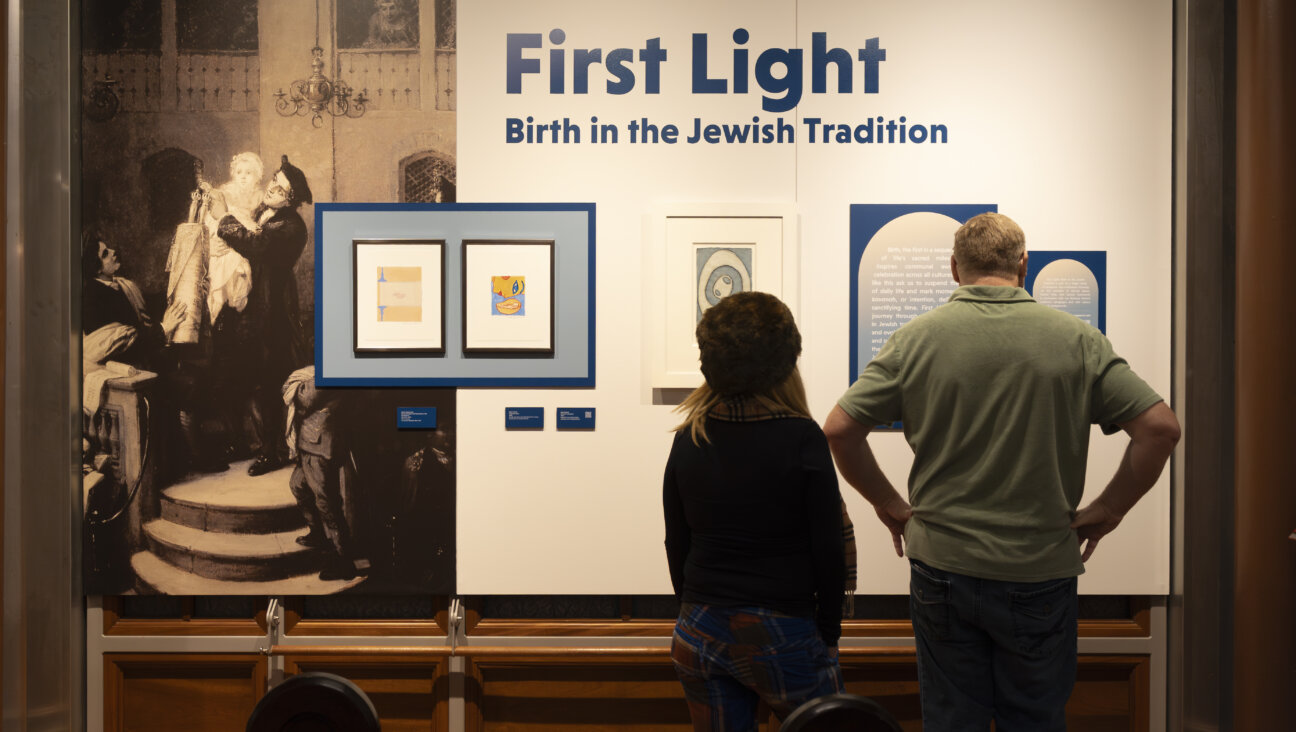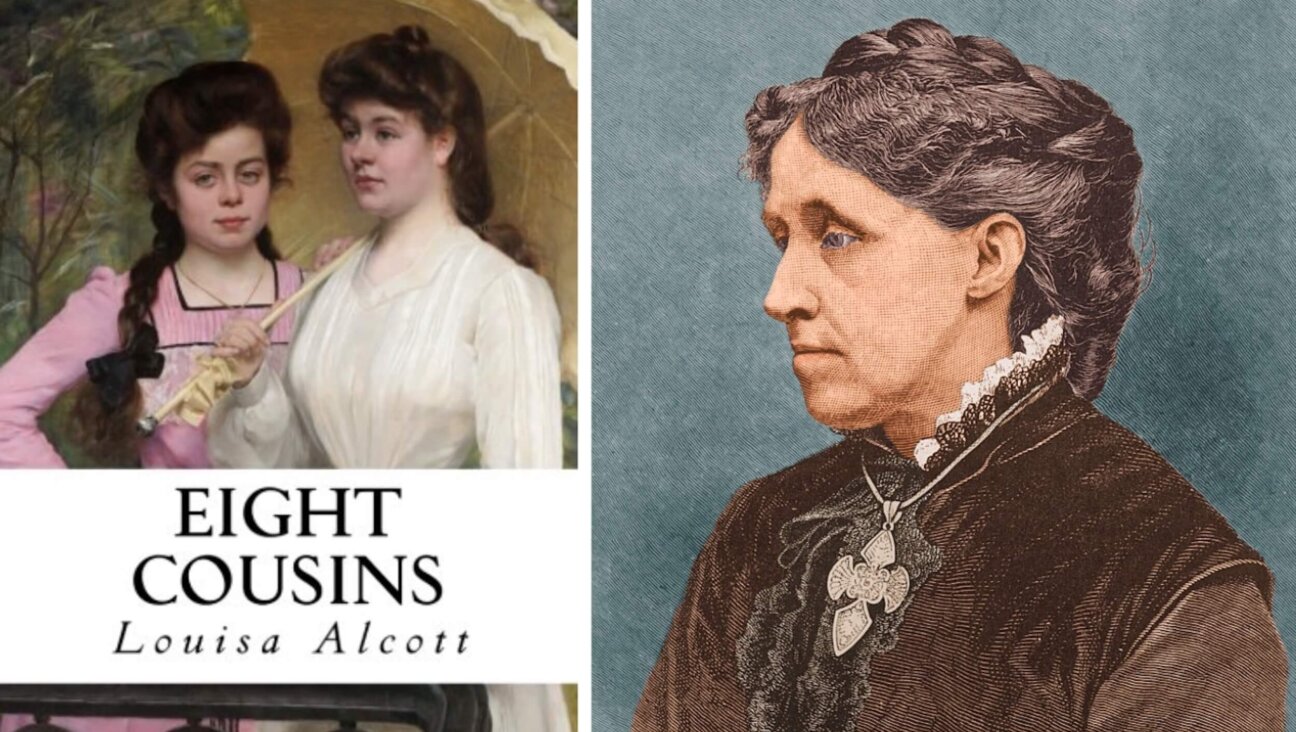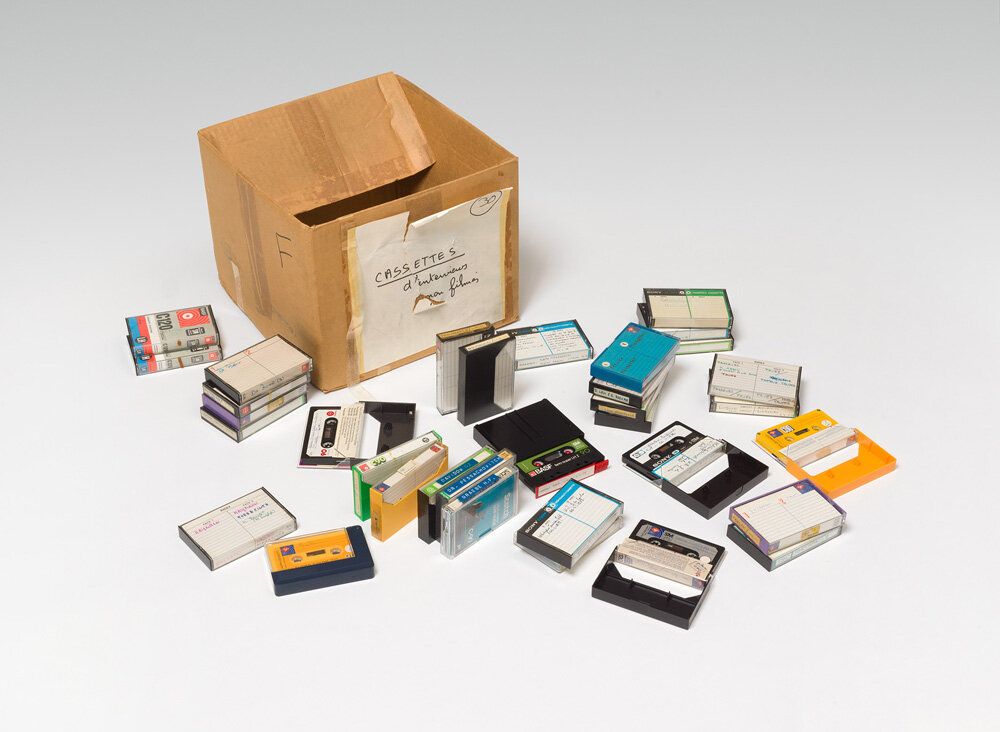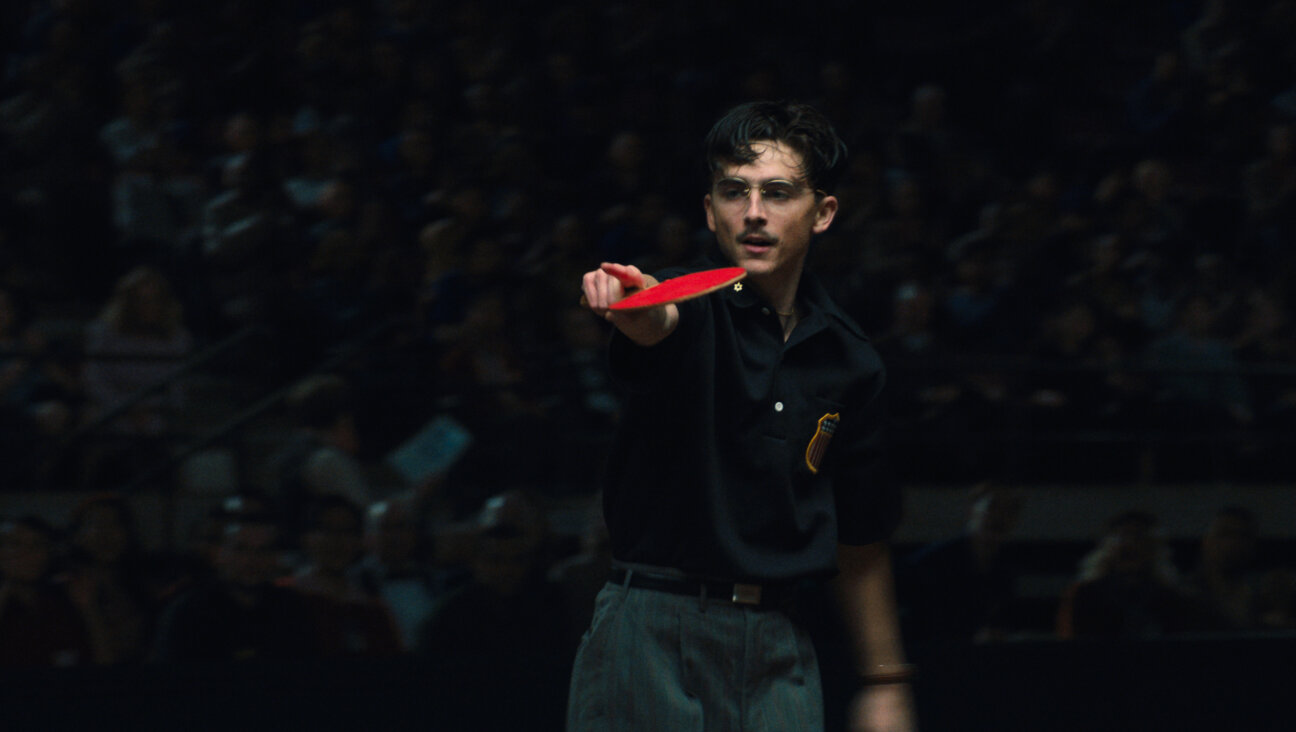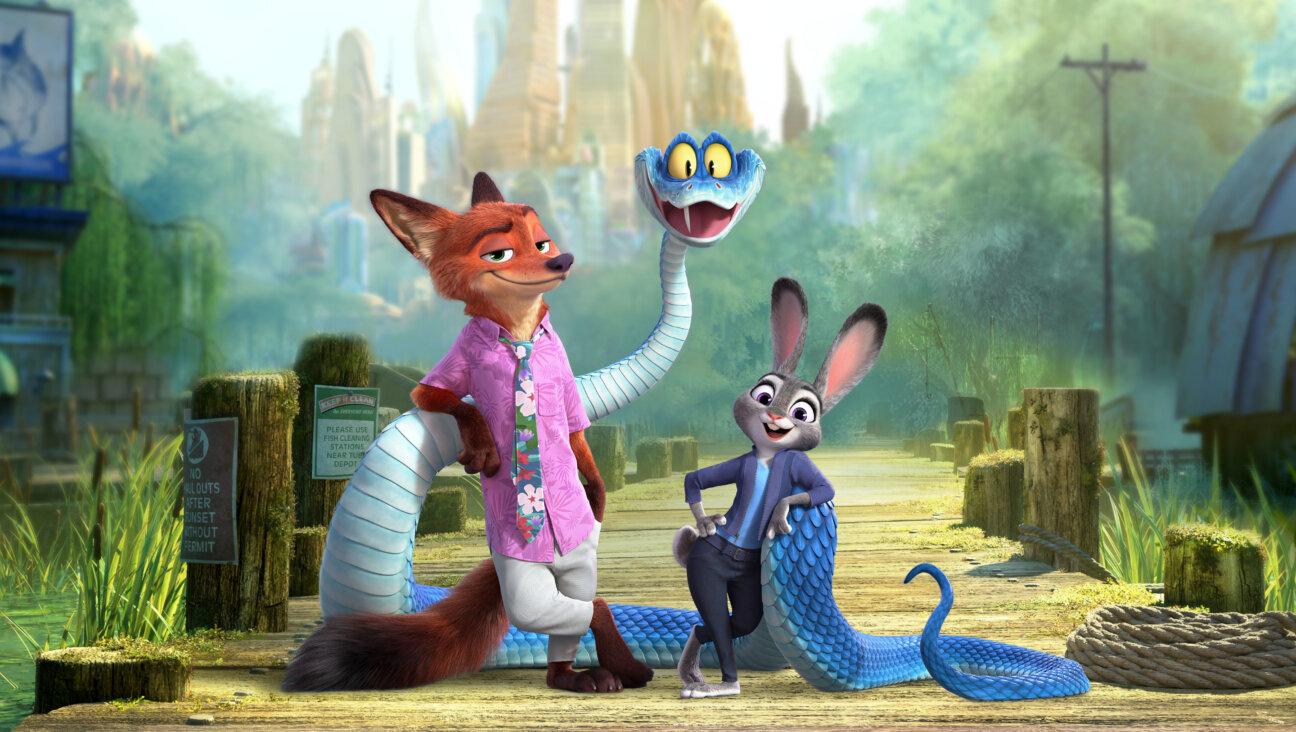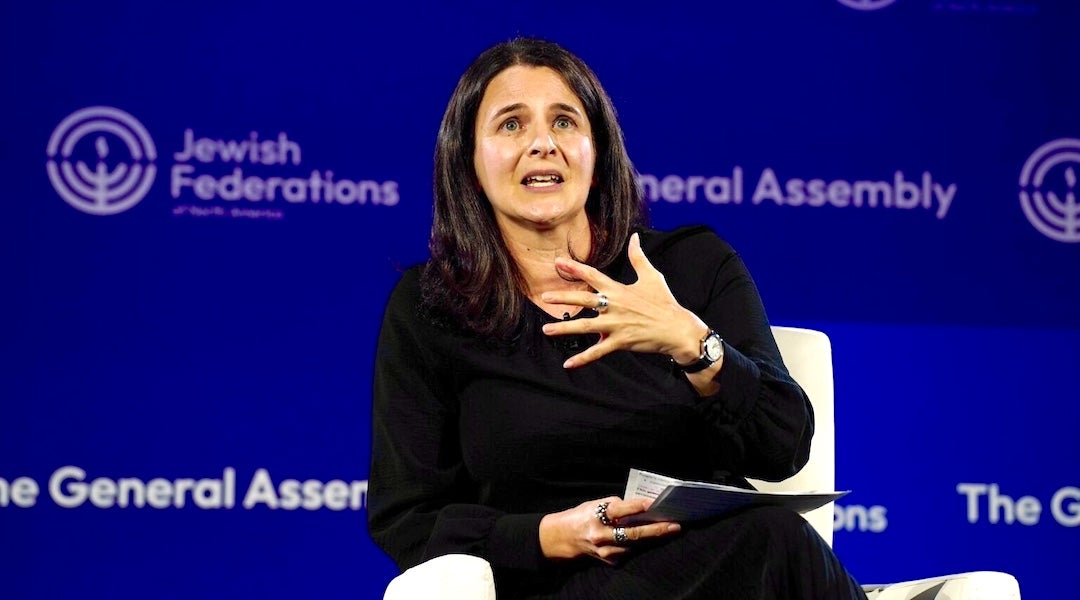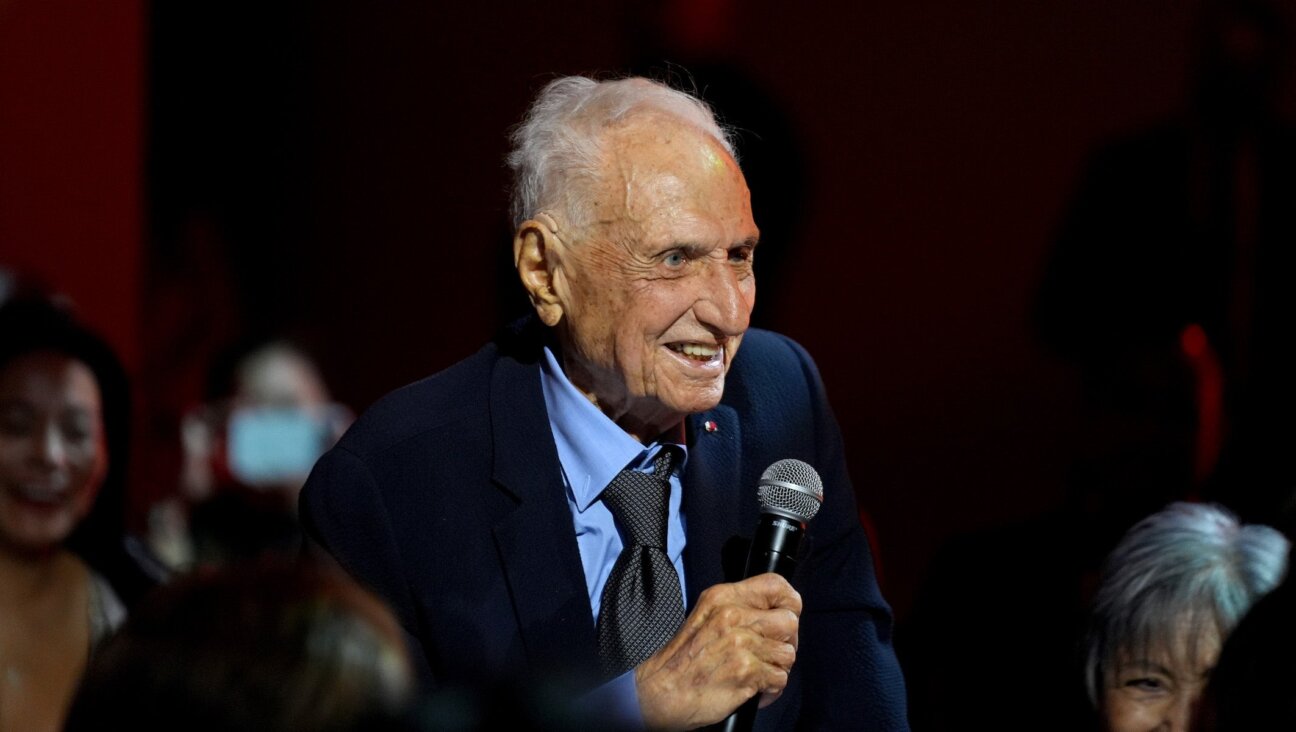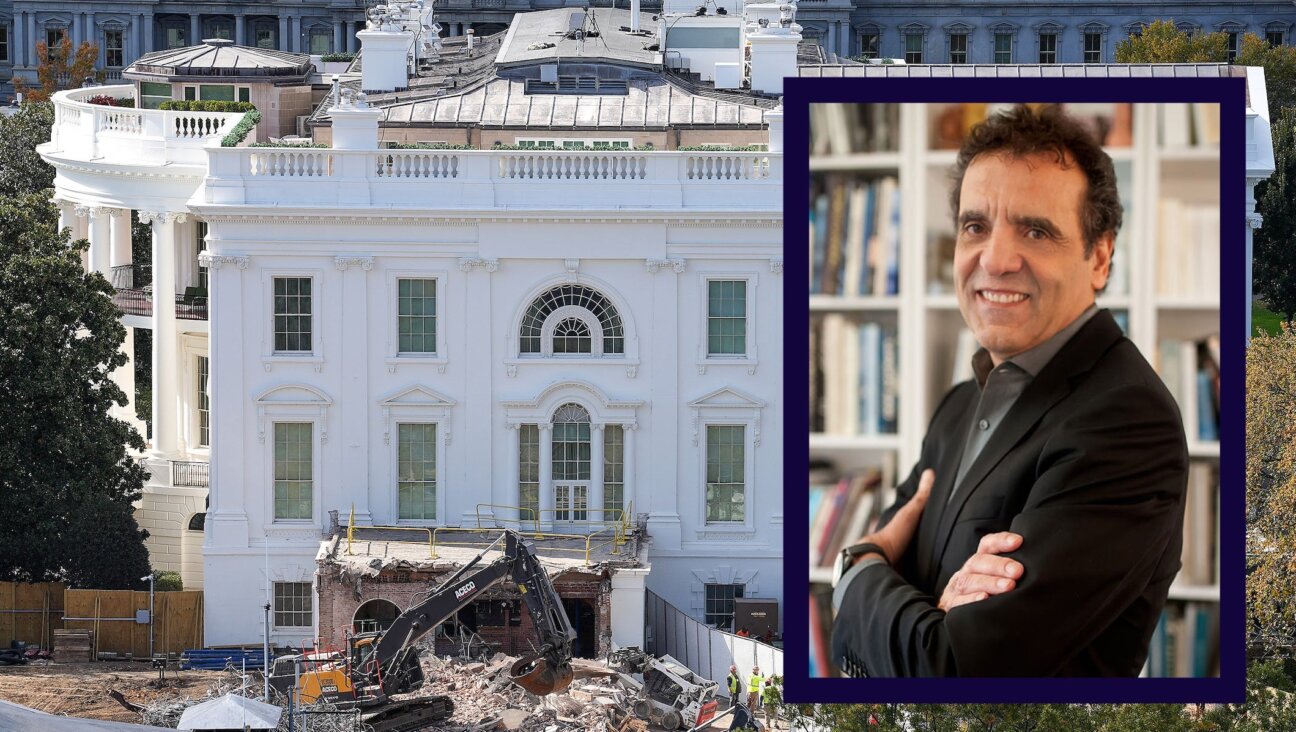I’m an art historian who researches the Holocaust — here’s why I hated ‘The Brutalist’
Brady Corbet’s lauded film starring Adrien Brody as a Hungarian emigré demonstrates a profound misunderstanding of the Holocaust and architecture
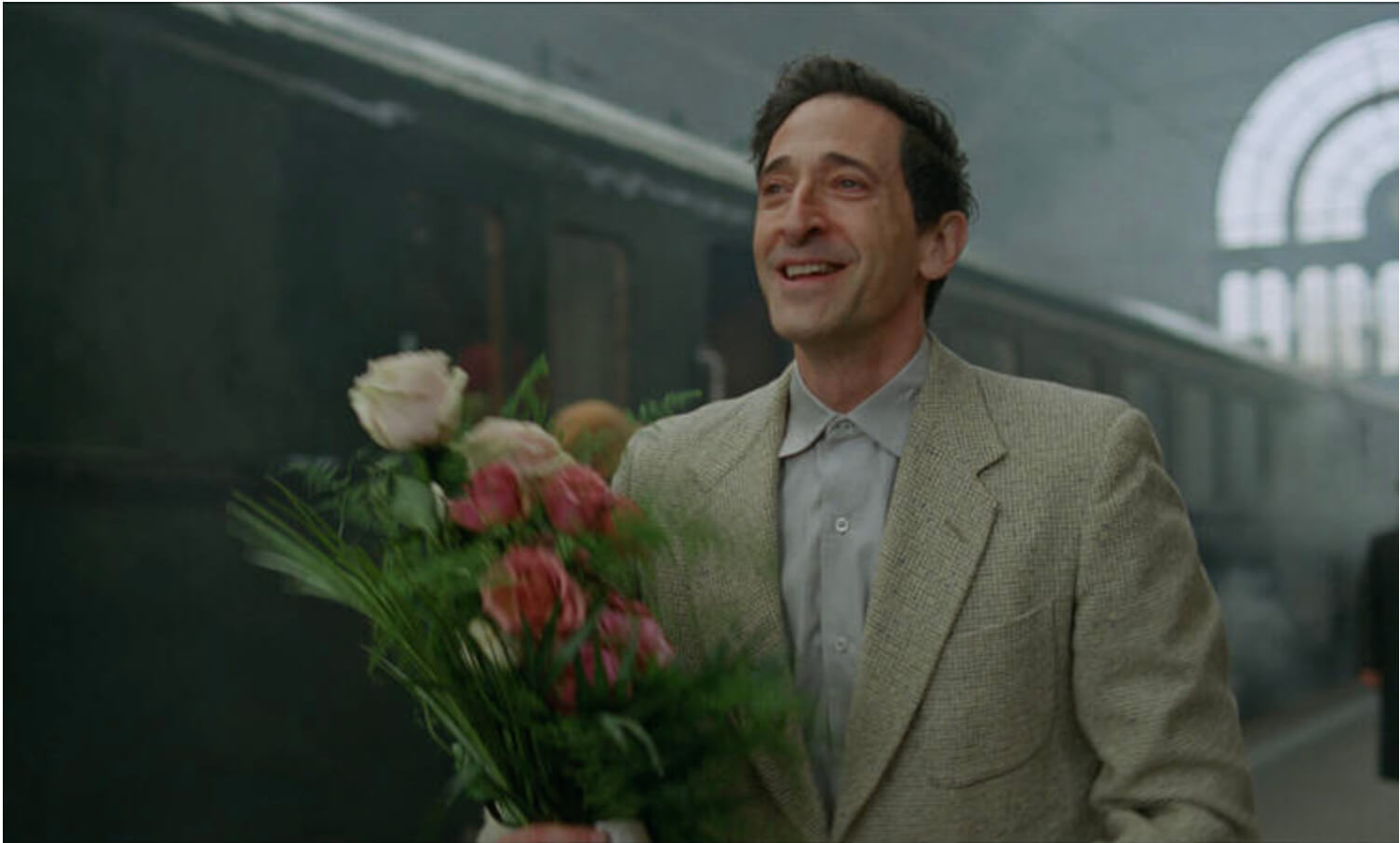
Adrien Brody stars in ‘The Brutalist.’ Photo by A24
I’m an art historian who focuses on turn-of-the-century and Nazi-ruled Vienna, and the research associate of a small Holocaust Center, so I was about as excited for the opening of Brady Corbet’s The Brutalist as I have been for any film. It promised a complex, multi-layered portrait of a brilliant Eastern European survivor, an exploration of a Bauhaus-trained architect’s best works, and a look at the cultural and social tensions of post-war America.
But, while Adrian Brody’s performance is brilliant, I hate the film.
I hate it as a movie-goer, I hate it as someone who teaches architectural history, and I hate it as someone who writes about the Holocaust. As a narrative, as an investigation of the power of architecture, and as a look at how trauma might mark someone’s artistic work, the film is a failure.
The first hour of the film, when we see the fictional László Tóth trying to settle into America and rebuild his life, is captivating. The relationship between László and his assimilated, successful cousin could easily serve as a metaphor for all that the Eastern European emigrés lost and the unbridgeable gulf between them and those who did not experience the Shoah. But once their relationship is shattered — and for a betrayal whose motive, aside from “antisemitism,” we are never led to understand — we never hear or see László’s American family again.
From there, the narrative begins to meander, leaving holes larger than the construction pits that dominate the second half of the film. The rape of László’s newly-arrived niece, Zsófia, is hinted at but neither confirmed not explored. Why? If her voice was lost to trauma why do we suddenly see her speaking in a later scene? Exactly what purpose is served by László’s relationship with Gordon, an impoverished Black man whose presence seems designed primarily to show us the architect’s good side? What is the nature of László’s long suffering wife, Erzsébet’s mysterious midnight agonies? Why does she regain the ability to walk? In the film’s penultimate scene, the wealthy patron Harrison van Buren has disappeared — where to? We never learn. As a metaphor for the way in which the patron’s role gets forgotten, while the work of the great architect lives on, it is both underexplored and a tired cliché that hardly reflects the way architecture really functions.
In a film that should dazzle us with the beauty and fierce power of architecture, Corbet instead substitutes telling for showing. At the end of the film, we get a PowerPoint, which didactically “explains” how the architecture works and what it means. The director seems to believe that the name of the movement, Brutalism, somehow signifies violence and brute force, rather than being rooted in the French phrase beton brut, or raw concrete, a favored building material of the movement.
The one building we actually get to look at for more than 30 seconds — the library that László builds for van Buren — is hardly an example of Brutalist architecture, which forgoes delicacy and spectacle in favor of sheer mass and bare materials. Both Brady and the production designer, Judy Becker seem to think architecture works like a painted expressionist portrait, a cathartic “canvas” on which brilliant artists pour out all of their deeply-hidden suffering. The colossal community center László is commissioned to design, presumably to offer large groups of people pleasure and comfort, is full of dark symbolism and hidden references, revealing an absolute misunderstanding of Brutalism — a movement that rejects all such obfuscation in favor of the bold presence of materials and immediate space.
But what I see as the largest and most disappointing failure is the way the film uses the Holocaust in an attempt to lend its central structure importance and profundity. In the last few minutes of the film we learn that the community center was designed to evoke or reference the two concentration camps, Dachau and Buchenwald, which László and Erzsébet survived. What architect would ever construct a space of community and leisure modeled on hell on earth?
There are many brilliant modern architects who escaped Hitler’s Europe and came to the U.S. and built plenty. (The Hungarian-born, Bauhaus-trained Marcel Breuer is the figure most often cited as a “parallel” to László). None of them — nor any other architect I can think of — ever modeled, referenced, evoked or cited any part of a concentration camp in any of their designs. Only someone who understands very little about how architecture is actually made, about the relationship between architect and client, between architect and public, would ever imagine such a patently absurd — and quite frankly horrifying — conceit.
According to the designer, Becker, the building not only evoked the concentration camp, but the epicenter of the Final Solution, the crematoria: “Here’s your beautiful, modern building that is basically a giant cement factory crematorium on this hill, and that’s what I’m giving you, Harrison Van Buren.” To think that anyone who had stood in the shadow of such indescribable terror and annihilation would ever make reference to it — even unconsciously — in designing a suburban community center reveals a lack of understanding and sensitivity.
If you want to learn about European emigré architecture, read a book about the Bauhaus architects who planted themselves in America and built our post war landscape. If you want to explore the link between art, the Holocaust and trauma, sit down for three hours of Adrien Brody’s brilliant performance — in Roman Polanski’s The Pianist, which gets it right.
